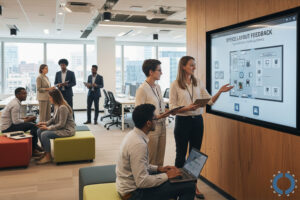Is Office Design Your Leverage For Recruiting And Retaining Talent?
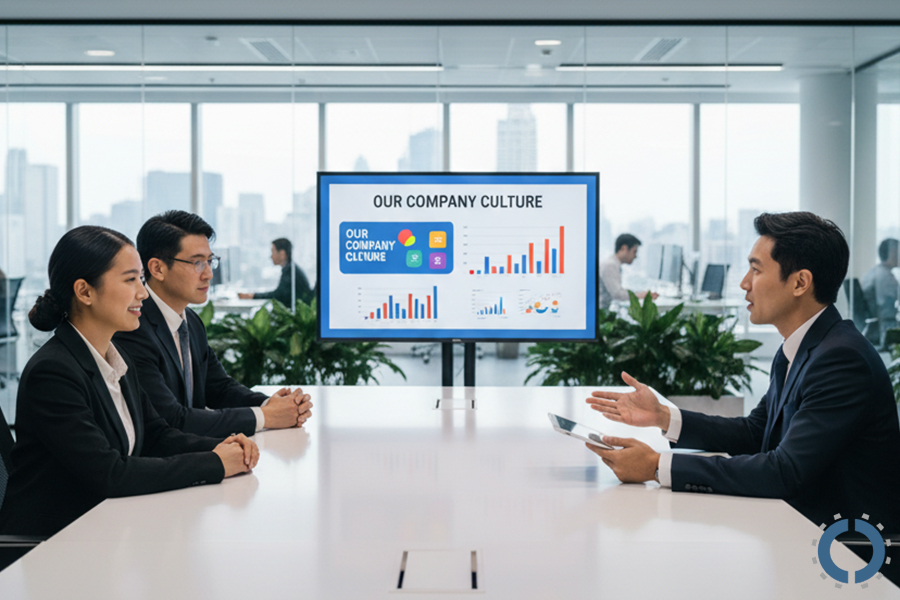
Today, many companies in Houston are realizing that the concept of the office has changed for employees compared to the past.
Employees are looking for a space that can motivate them, create a sense of belonging, and show that the company truly values them.
This has led many managers to think about redefining office design.
Now the question is: Is office design your leverage for recruiting and retaining talent?
Yes, office design is a key leverage for recruiting and retaining talent, as modern, flexible, and well-designed spaces enhance employee well-being, reflect company culture, and attract candidates seeking inspiring, supportive work environments.
The reality is that the design of the office and the type of modern office furniture Houston can directly impact a job seeker’s decision to join your team or even whether your current employee will stay.
An environment that is inspiring, comfortable, and user-friendly can not only attract talented job seekers but also make the learning and growth path for new employees easier and more effective.
In this article, we want to explore how office design can be a winning strategy for companies in attracting and retaining talent, and why paying attention to the details of the work environment is as important as salary and benefits.
You Might Also Enjoy: How to Build a Millennial-Friendly Workplace in 2025
Why Office Design Matters for Talent
1. Current Recruitment and Retention Trends
The labor market has undergone significant changes in recent years.
Employee turnover rates are high in many industries, and organizations face the challenge of attracting and retaining talented employees.
In highly competitive industries such as technology, energy, and professional services, this rate is high.
Companies that do not provide a good employee experience quickly lose their workforce, and the cost of replacing them is very high.
2. Expectations of Today’s Job Seekers
Today’s employees and job seekers consider the work environment more important than salary and benefits.
They are looking for a space that aligns with their comfort needs, lifestyle, and personal values.
Recent research and surveys show that the most important expectations of job seekers include the following:
- Hybrid and flexible working: The ability to work from home or choose flexible working hours to maintain a balance between personal and professional life.
- Flexible and inspiring space: An environment that is suitable for both individual focus and group collaboration.
- Employee health and well-being: Ergonomic desks and office chairs, sufficient natural light, indoor green spaces, and amenities that promote physical and mental health.
- Alignment with the brand and organizational culture: A space that reflects the company’s values and personality and creates a sense of belonging and motivation.
Core Elements of Office Design That Influence Recruiting and Retention
- Layout and flexibility: Office layout is one of the most important factors in the experience of trainees and employees.
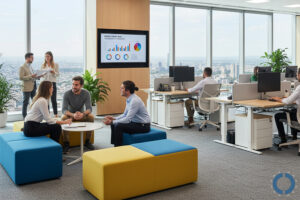
Companies that have a hybrid design that allows for movement, desk adjustments, and a combination of private and group spaces are more attractive to employees and job seekers.
- Aesthetics, branding, and first impressions: The appearance of the office space is the first thing a job seeker or new employee experiences.
The lobby and entrance area, signs, and interior design should reflect the organization’s brand and culture and convey a sense of professionalism and attention to detail.
An attractive environment that is consistent with the organizational identity can create a positive first impression and encourage job seekers and employees to stay and interact more.
- Well-being and comfort: Employee health and well-being are top priorities in modern office design.
Ergonomic office desks and chairs, sufficient natural light, noise pollution control, and the presence of indoor plants and green spaces not only make the environment pleasant but also have a positive impact on employee productivity, satisfaction, and mental health.
Employees who work in a comfortable and healthy environment are more likely to stay with the company.
- Collaboration spaces vs quiet and focus zones: Modern offices have a mix of shared and private spaces for employees.
Collaboration spaces strengthen communication between teams and create a sense of belonging and synergy.
In contrast, quiet zones and focus areas allow employees to perform sensitive tasks and focus deeply.
Balancing these two types of spaces is the key to success in attracting and retaining talent.
- Technology and amenities: Today’s employees expect their workplace to be technologically advanced and provide ample opportunities for hybrid work and teamwork.
These include high-speed and stable internet connectivity, meeting room technology and digital collaboration tools, amenities such as break rooms, and remote work support.
You Might Also Enjoy: Why The Millennial Workforce Matters In 2025
Benefits of Good Office Design: Recruiting and Retaining Talent
 1. Attraction
1. Attraction
You think everything is perfect for getting hired at a company.
The job description is exactly what you wanted, the salary is reasonable, and even the company name is reputable in the industry.
But when you walk into the office for an in-person interview, you don’t feel good.
Narrow hallways, dim lighting, old desks and chairs, and no space to focus or study comfortably, or even a corner to relax and interact with other colleagues.
Therefore, the office space is a job seeker’s first tangible experience of the organization and can have a huge impact on their decision to join the company.
A bright and welcoming lobby, modern decor, comfortable office furniture, and branded signage can all contribute to creating a positive first impression.
2. Employee Satisfaction and Well-being
Offices designed with a focus on employee well-being and comfort increase job satisfaction.
Ergonomic desks and chairs, sufficient natural light, green spaces, and a pleasant environment enhance a sense of value and belonging among employees.
A positive workplace experience leads to reduced stress, increased motivation, and consequently reduced turnover rates.
3. Productivity, Creativity, and Collaboration
A suitable workspace can increase individual and team productivity.
An environment that incorporates both focus and collaboration spaces in its design stimulates employee creativity and enables innovation and group problem-solving.
Good office design enables employees to produce higher-quality outputs in less time and increases effective team interactions.
4. Return on Investment
Investing in modern office design and furniture, although it may initially cost the company a lot, is very economical compared to the costs of leaving employees, hiring and training new employees, or reducing productivity.
Studies show that properly designing the workplace, in addition to increasing satisfaction and productivity, acts as a long-term investment that reduces the company’s operational and human costs and creates real value.
You Might Also Enjoy: Where to Buy Modern Office Furniture in Houston: 2025 Review
Practical Strategies for Houston Employers
- Local case studies: A review of successful company experiences shows that redesigning the office and using ergonomic and comfortable office furniture can have a significant impact on recruiting and retaining talent.
For example, some companies have been able to increase employee satisfaction and reduce turnover rates by creating flexible collaboration spaces and private focus areas.
Examining real-life examples of these types of changes can help employers identify and implement effective ideas for their organization.
- Low-cost interventions versus complete redesign: Employers can make tangible changes with low-cost interventions, such as adding plants, improving lighting, creating small break areas, or rearranging desks.
On the other hand, a complete office redesign with more investment can include changing the overall layout, creating flexible spaces, and installing advanced technologies.
Using small and large solutions and changes allows companies to improve the employee experience even with limited budgets.
- Engaging employees in design: One effective way to ensure that the new office meets the real needs of employees is to involve employees themselves in the design process.
This can include surveys, feedback sessions, collaborative design workshops, and prototyping groups.
Employee participation creates spaces that truly meet users’ needs and fosters a sense of belonging and responsibility.
- Partnering with local architects: Working with architects and design firms that have sufficient experience and expertise can ensure that an office redesign is both aesthetically and functionally successful.
Design professionals can create spaces that optimize light, sound, ventilation, and technology while aligning with the organization’s culture and values.
Measuring Success
To measure the impact of office design, key performance indicators (KPIs) need to be identified.
Some of the most important indicators include:
- Turnover Rate: A decrease in employee turnover after a redesign indicates an improvement in the employee experience.
- Candidate Acceptance Rate: If more job candidates accept job offers, the design of the environment likely had a positive impact on the hiring process.
- Employee Satisfaction: Through periodic surveys, satisfaction with space, comfort, collaboration, and organizational culture can be measured.
- Space Utilization: Examining which spaces are most or least used helps with improvement and optimization.
- Pre- and post-design measurement: For an accurate assessment, it is necessary to compare the situation before and after the changes.
This involves collecting baseline data before the redesign and then reviewing the same metrics after implementation.
This comparison helps determine the real impact of changes and tangibly demonstrates the value of the investment.
- Adjusting designs over time: Employee needs and work patterns are constantly changing.
Therefore, you need to continuously carry out the review and improvement process.
Using the data obtained from measurements, the design can be revised at specific intervals, and small or large changes can be made.
This iterative approach keeps the office space always aligned with the real needs of employees and the organization.
Conclusion
It is clear that office design is a practical solution for the growth of organizations.
As we explored in the article “Is Office Design Your Leverage for Recruiting and Retaining Talent?”, a modern workplace can help attract new talent, increase employee satisfaction and well-being, reduce turnover rates, and improve productivity.
Employers should take this as a serious invitation.
They need to take a look at their office space planning, identify weaknesses, and, through targeted investment, create an environment that is both consistent with your organizational culture and meets the needs of the new generation of employees.
As the competition to attract and retain talent has become more intense today, design has become a vital necessity.
Organizations that embrace this change early will be more successful in attracting talent in the future job market. Let’s get started!
Frequently Asked Questions (FAQ 2025)
- How much does office design really affect recruiting new employees?
A lot. The first visual impression of a space can make a big difference.
When job seekers see the office, they sense how much the company cares about details, comfort, and work culture.
- Is office design only suitable for large companies with big budgets?
Not necessarily. Low-cost interventions like improved lighting, plants, space zoning, and acoustic adjustments can have a big impact.
A company can make effective changes even with a limited budget.
- What features do job seekers expect from an office today?
Hybrid and flexible workspace, the possibility of collaboration and team interaction, special spaces for concentration, amenities, natural light, ergonomic comfort, and harmony with the company’s values and brand.
- How can we measure the impact of the new office design?
Through indicators such as employee turnover rate, job offer acceptance rate, employee satisfaction, space utilization rate, before-and-after design comparison, and direct feedback from employees.
- Does good office design really help retain staff?
Yes. Office design that invests in well-being, comfort, collaboration facilities, and focus spaces can increase job satisfaction and help reduce turnover

John Ofield is the owner of Collaborative Office Interiors. Houston’s trusted source for modern and commercial office furniture, office cubicles, demountable walls, office desks and tables, and complete workspace solutions. With more than 40 years of experience, he combines deep product knowledge with hands-on space-planning expertise to create ergonomic, productivity-focused work environments for businesses across Southeast Texas.
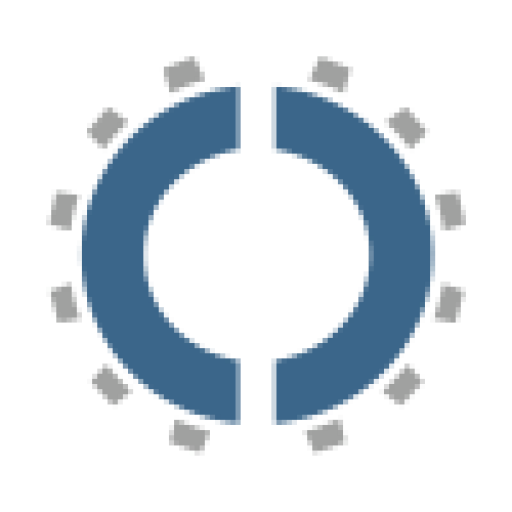
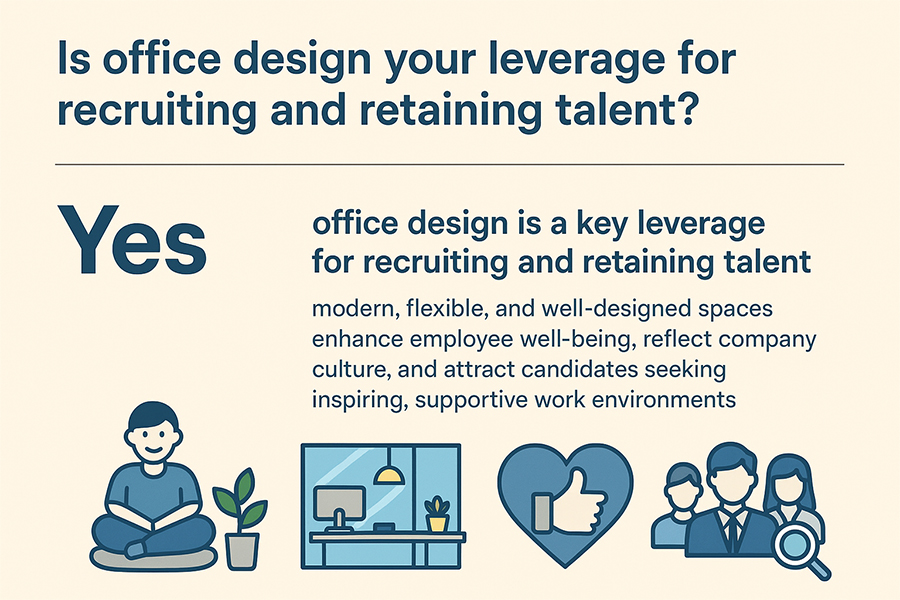
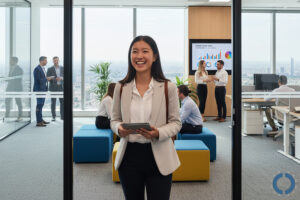 1. Attraction
1. Attraction